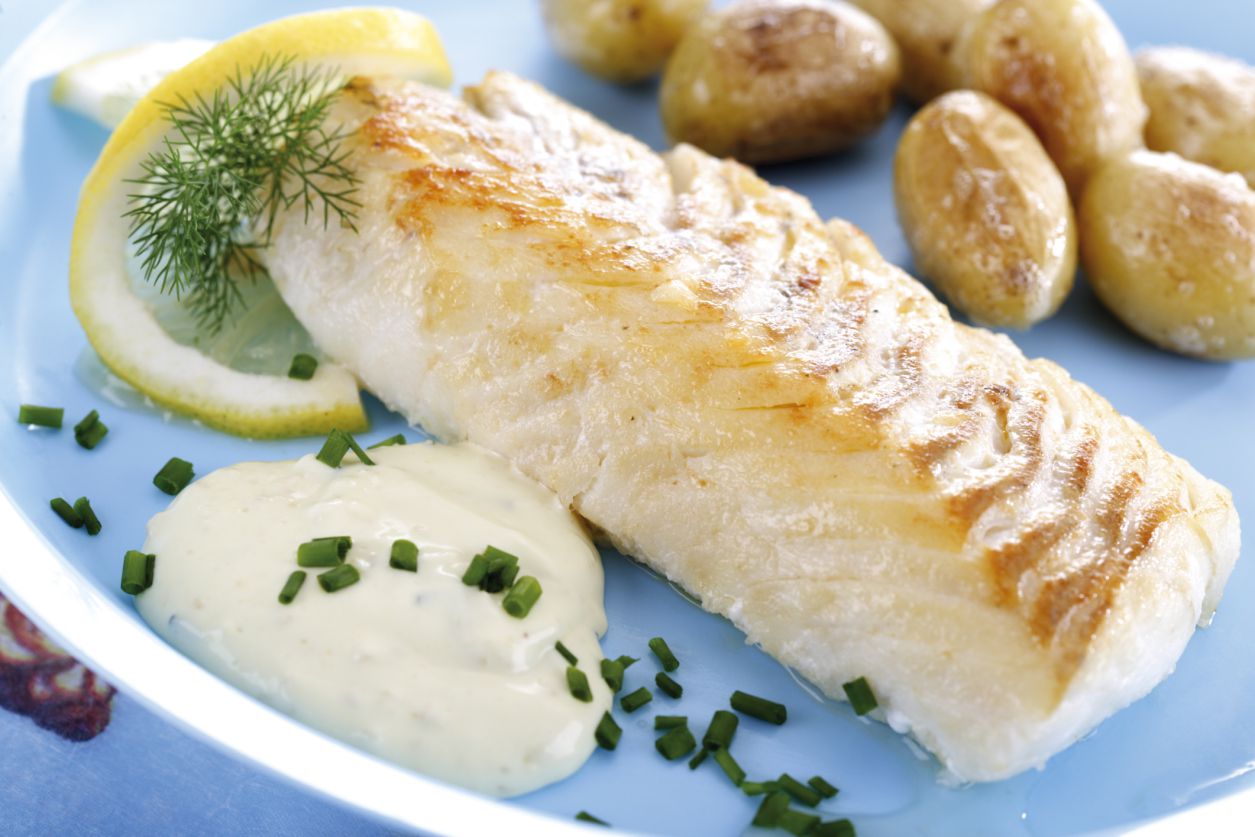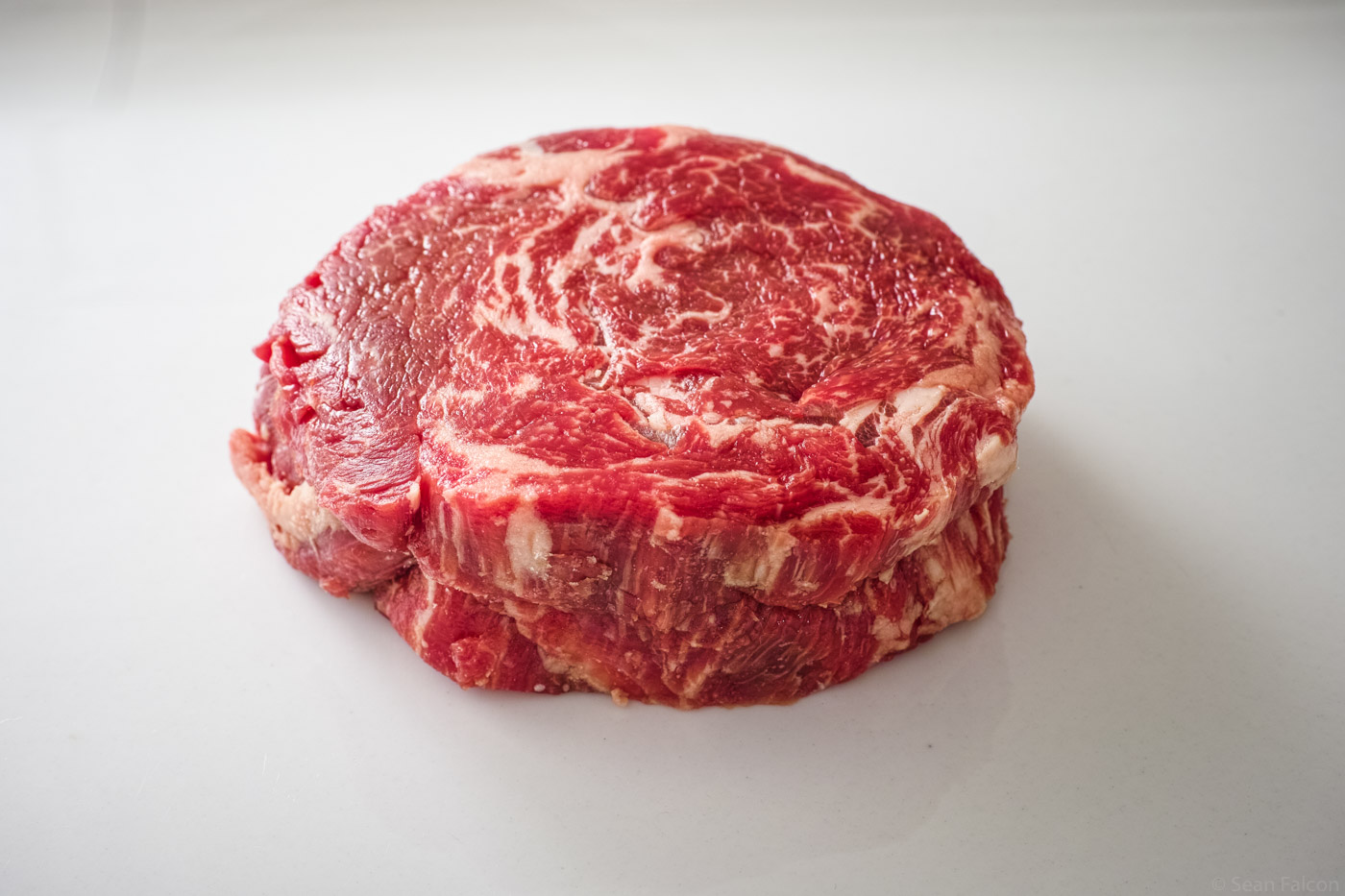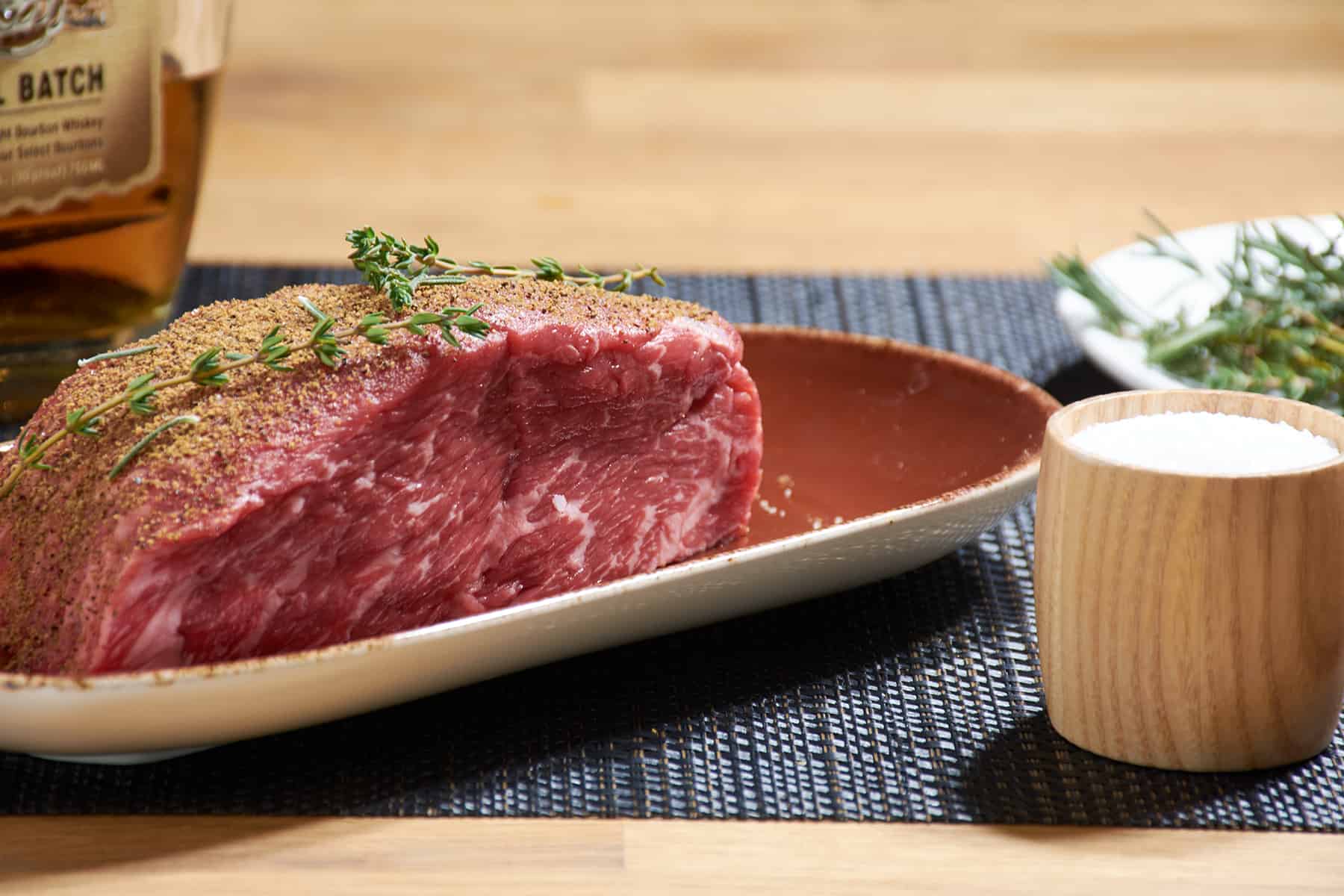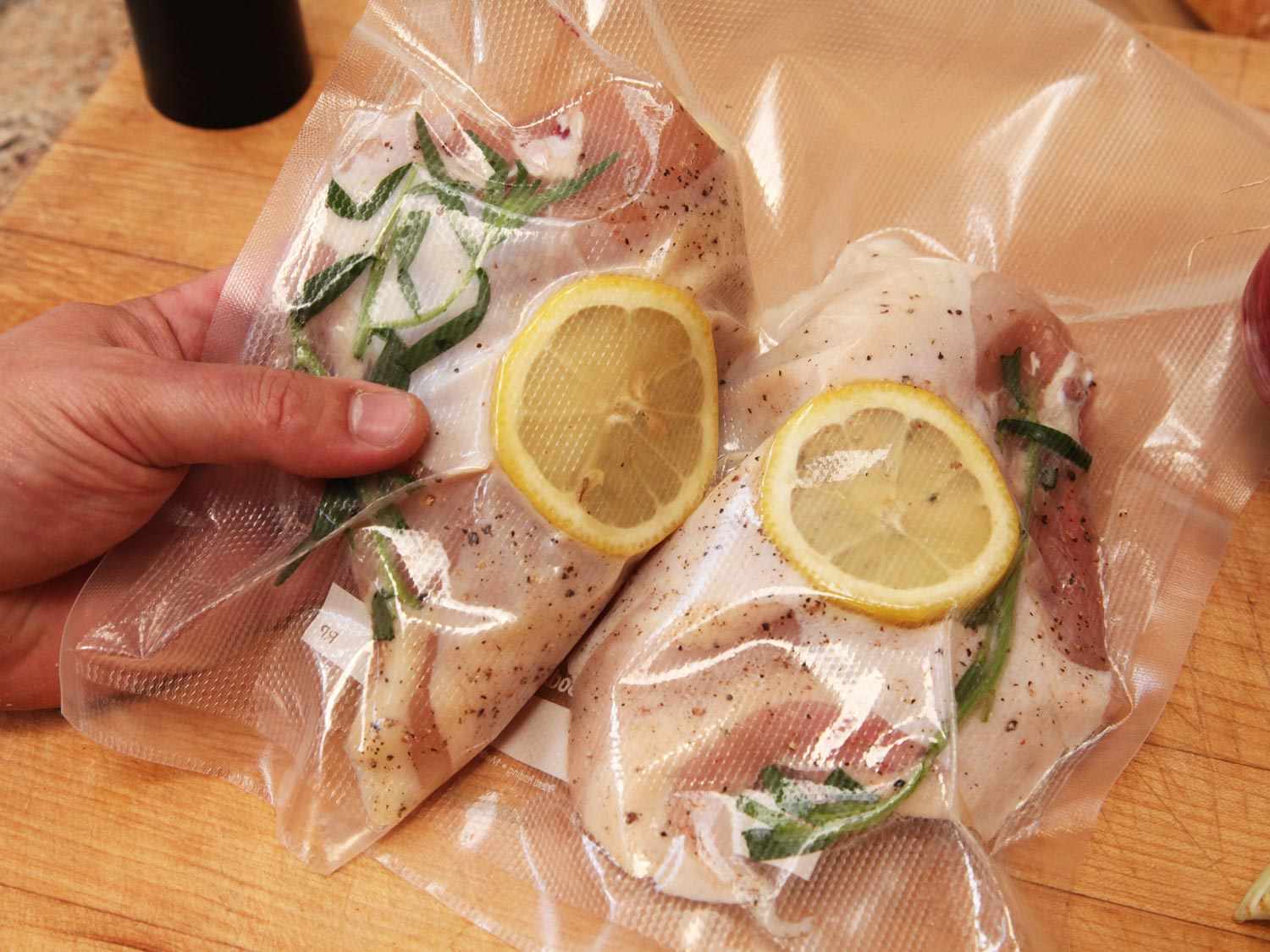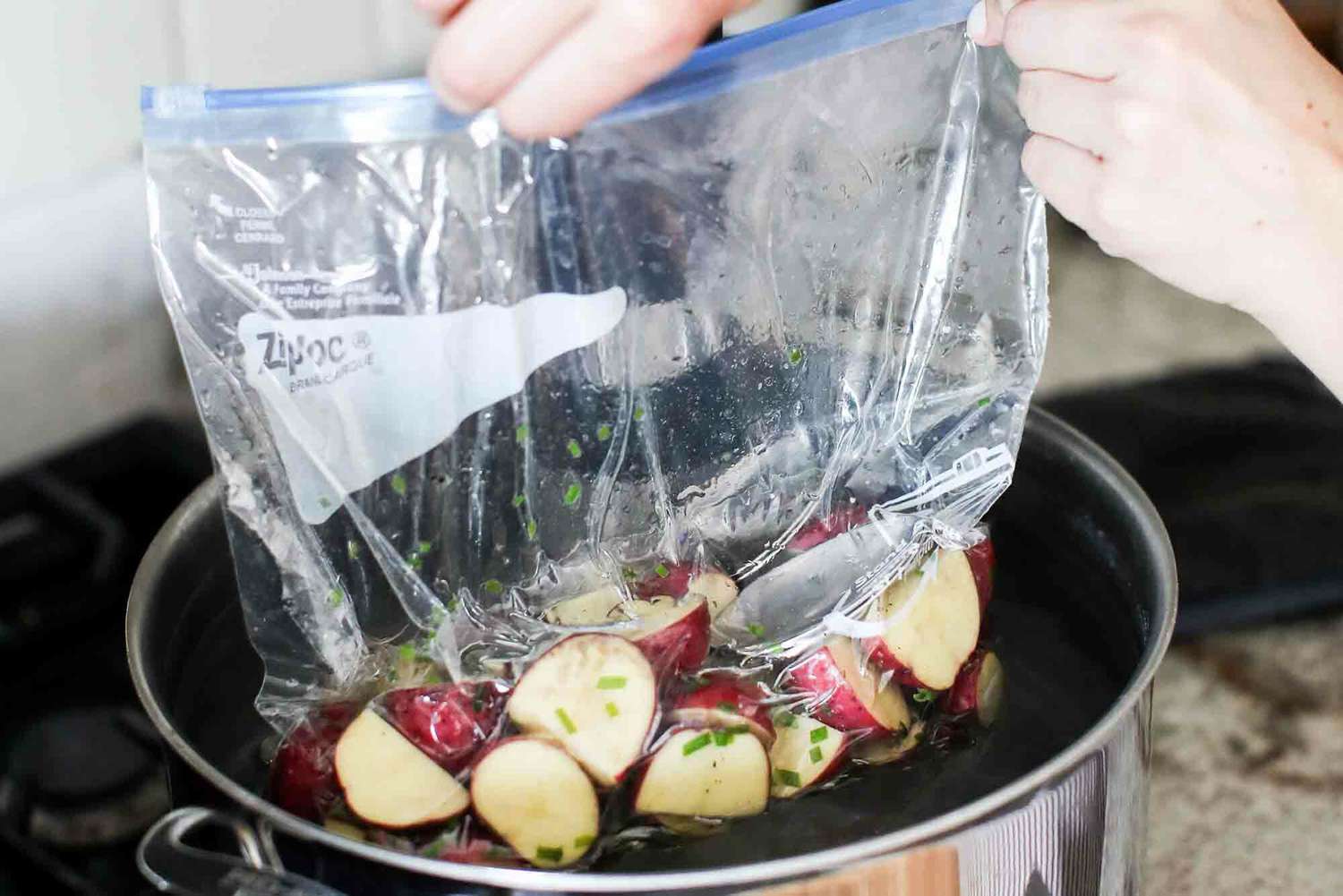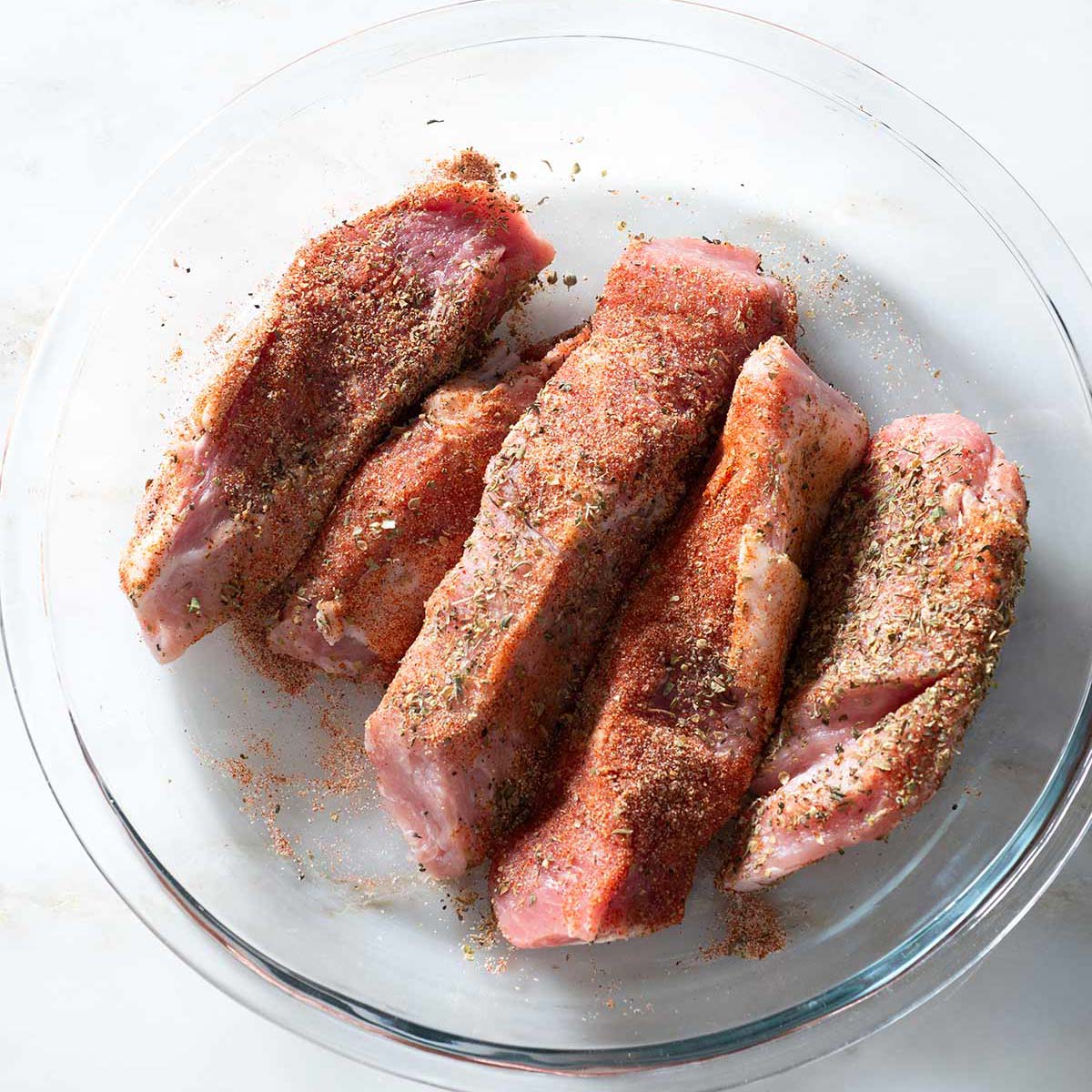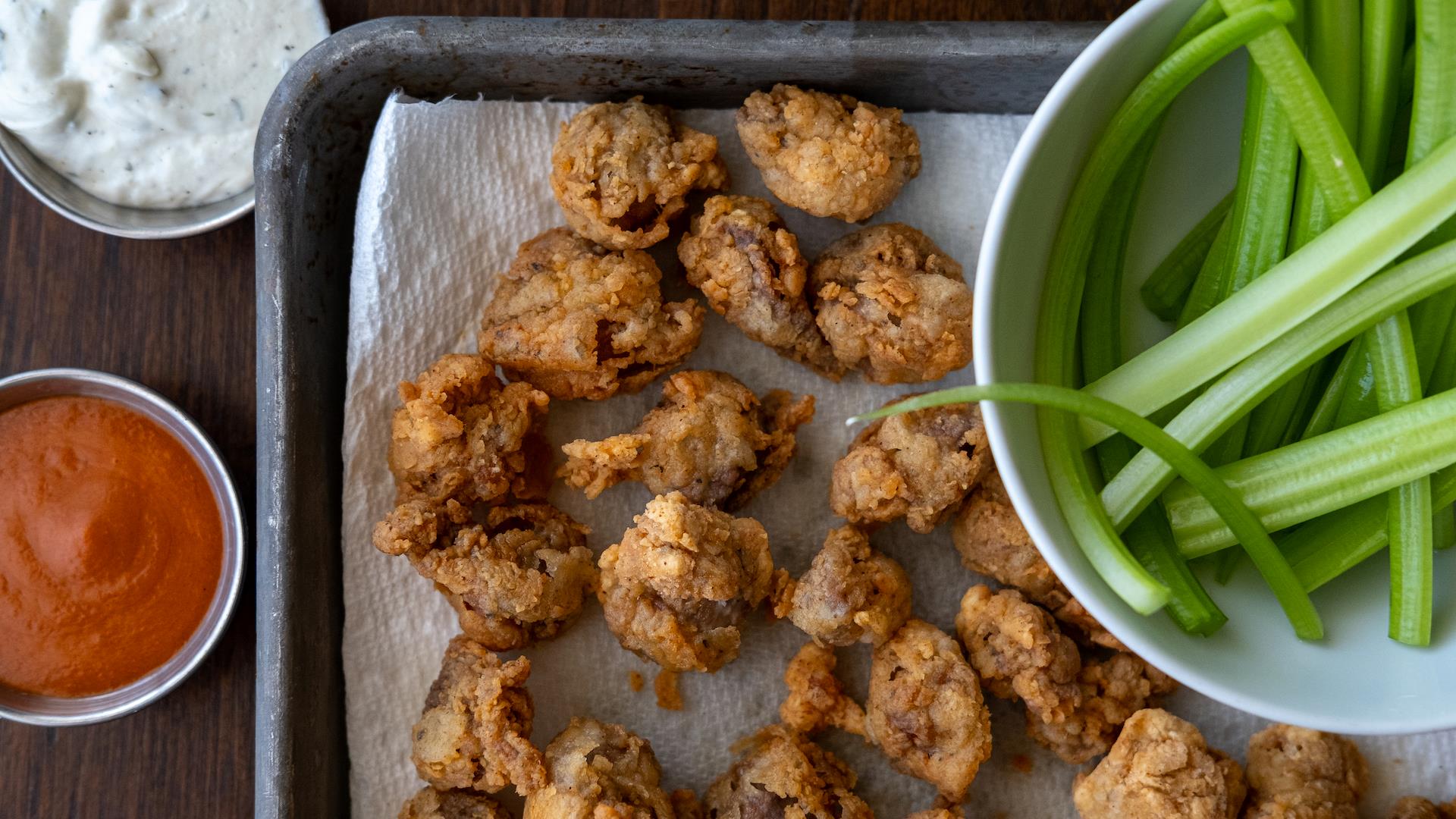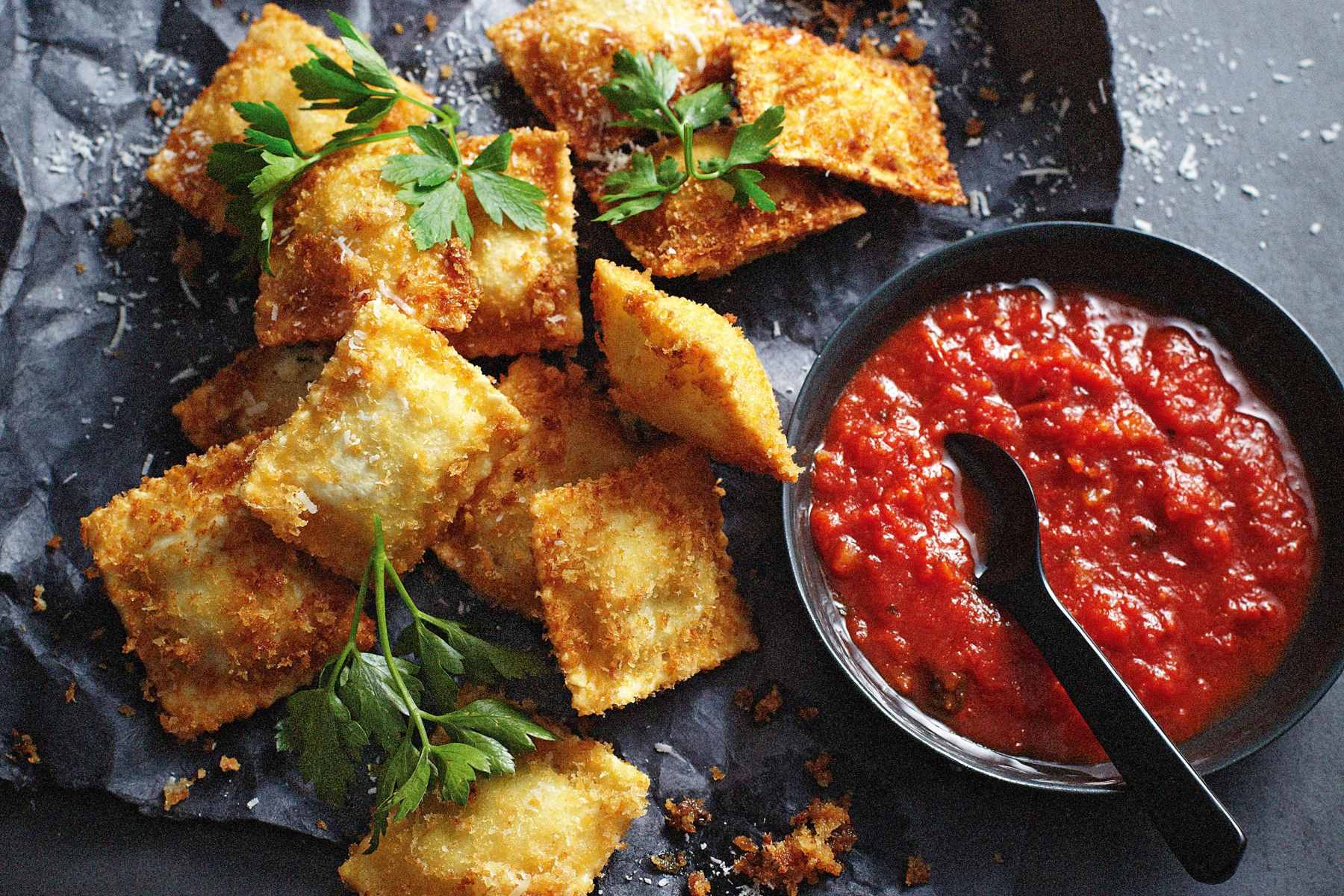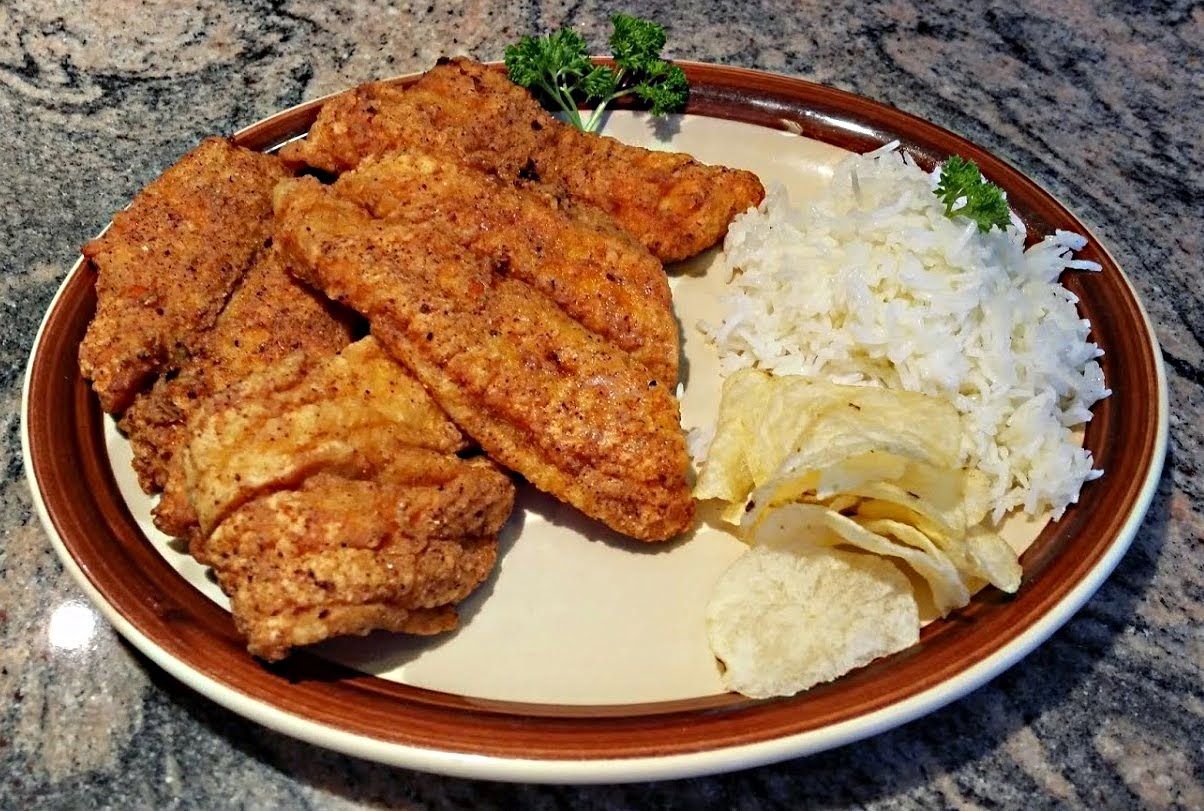Step-by-Step Guide on How to Fillet a Bonito
So, you’ve just caught a bonito and now you’re wondering how to fillet it. Well, you’ve come to the right place. Filleting a bonito can be a bit tricky, but with the right technique, you can easily get some delicious fillets ready for cooking. Here’s a step-by-step guide on how to fillet a bonito:
Step 1: Gather Your Tools
Before you start filleting, make sure you have all the necessary tools. You will need a sharp fillet knife, a cutting board, and a clean towel to hold the fish firmly.
Step 2: Prepare the Bonito
Start by rinsing the bonito under cold water to remove any scales or debris. Pat it dry with a paper towel and place it on the cutting board.
Step 3: Make the Initial Cut
Hold the bonito firmly with the towel and make a deep incision behind the pectoral fin, just behind the gill plate. Angle the knife towards the head and make a long, shallow cut along the top of the fish towards the tail.
Step 4: Remove the Fillet
Once you’ve made the initial cut, turn the knife and run it along the backbone, using long, smooth strokes to separate the fillet from the bones. Be sure to keep the knife as close to the bones as possible to maximize the amount of meat you get from the fillet.
Step 5: Repeat on the Other Side
Flip the bonito over and repeat the process on the other side to remove the second fillet.
Step 6: Trim and Skin the Fillets
Once you have both fillets removed, trim off any excess skin and dark meat. Hold the fillet firmly and slide the knife between the skin and the flesh to separate them. Discard the skin and any remaining bones.
Step 7: Rinse and Store the Fillets
Give the fillets a final rinse under cold water to remove any remaining scales or debris. Pat them dry with a paper towel and store them in airtight containers or wrap them in plastic wrap for later use.
And there you have it – perfectly filleted bonito ready for cooking! Whether you want to grill, bake, or pan-sear the fillets, you now have the perfect starting point for your culinary creations. Enjoy!
Now that you know how to fillet a bonito, you can make the most of your catch and enjoy some delicious, fresh fish. With a little practice, you’ll become a pro at filleting bonito in no time!
For those eager to harness their newfound filleting skills, there are several enticing recipes to try. First, Bonito Sushi Rolls offer a delicate introduction to the fish's natural flavors, while Bonito Sashimi with Soy-Ginger Dipping Sauce provides a fresh, straightforward dish that highlights the fish's texture. For a bit more zest, Bonito Tacos with Avocado and Salsa or Bonito Fish Tacos with Chipotle Sauce bring a burst of vibrant flavors and a satisfying crunch. Those craving a bit of heat might enjoy Spicy Bonito Poke Bowl, which pairs the fish with bold seasonings. For a refreshing twist, Bonito Ceviche with Lime and Cilantro is a must-try, offering a zesty and tangy experience. Each of these recipes allows cooks to appreciate the versatility and delightful flavors of bonito, making the most of their filleting efforts.

